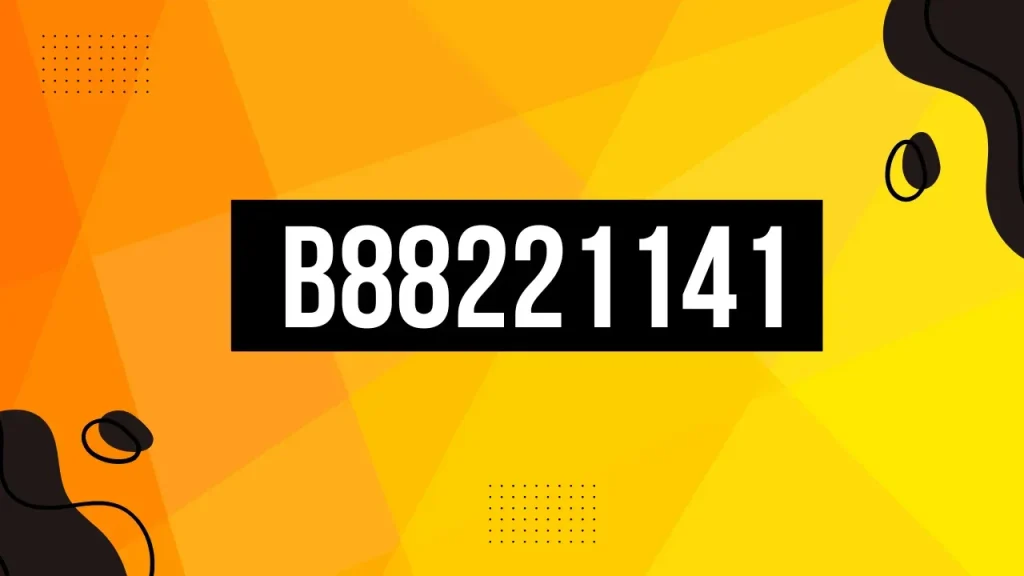In the ever-evolving world of online gaming and streaming, few names have ascended as rapidly as Dream, a YouTube sensation and Minecraft speedrunning expert. Dream’s rapid rise to fame, with his meticulously edited videos, unique persona, and brilliant gameplay, has inspired millions across the globe. However, no fame comes without scrutiny, and in Dream’s case, one identifier—b88221141—became a focal point for controversy that threatened to overshadow his accomplishments.
The Origins of the Controversy
The identifier b88221141 first came to public attention during an online investigation initiated by a small, but vocal, group of skeptics within the Minecraft speedrunning community. Dream, known for setting impressive Minecraft speedrun records, had long been scrutinized by certain fans who believed his performances were too good to be true.
In late 2020, after Dream posted a speedrun that placed him among the top in the world, some community members began analyzing the data behind his run. Accusations soon emerged, claiming that the odds of achieving some of the in-game events during his speedrun were astronomically low—so low, in fact, that many suspected foul play.
The investigation turned forensic when it was revealed that every Minecraft game has a set of data logs containing specific identifiers related to the game’s internal processes. One of these identifiers, b88221141, became particularly controversial. This string of numbers was found in logs associated with Dream’s speedruns, and as investigators dug deeper, they began to argue that this identifier was connected to certain game modifications or manipulations.
What is b88221141?
The identifier itself, b88221141, is a random string of characters tied to Minecraft’s Java codebase, potentially serving as a marker for certain gameplay configurations. While there is nothing inherently suspicious about a game generating such strings, the controversy arose when it was suggested that this particular identifier was linked to the use of mods or cheats that could alter in-game probabilities—specifically in relation to rare item drops, which Dream had benefitted from during his run.
Minecraft speedrunning, particularly under official rules, requires the game to be in an unmodified state, as mods can give players an unfair advantage. Speedruns involve a combination of skill and luck, and cheating by altering drop rates would effectively negate the integrity of the entire run. The presence of b88221141 led some to believe that Dream’s game might have been manipulated to increase his odds of success.
Dream’s Defense
As accusations gained traction, Dream’s fanbase rallied in support, while critics sharpened their knives. Dream, initially silent, eventually addressed the controversy head-on. He denied the allegations of cheating and asserted that he had no knowledge of any modification or identifier that would compromise the integrity of his speedrun.
In a detailed response, Dream claimed that the logs were misinterpreted and that the identifier b88221141 was being misrepresented by individuals unfamiliar with Minecraft’s intricate coding processes. He pointed to the complexity of the game’s mechanics, arguing that it was entirely possible for rare occurrences to happen, even in statistically improbable ways. Furthermore, Dream emphasized his long-standing reputation and integrity within the gaming community, highlighting how damaging these accusations were to his career and mental well-being.
The Fallout
The controversy surrounding b88221141 became a flashpoint in a much larger debate about the nature of speedrunning, online gaming, and the boundaries of fair play. Dream eventually decided to have an independent moderation team investigate the claims. After weeks of intense scrutiny, the moderators concluded that while some of the data in Dream’s run appeared suspicious, it was inconclusive whether there had been any intentional foul play.
Despite this, the damage was done. For some in the community, Dream’s reputation was permanently tarnished. Others, however, saw the entire controversy as an overblown witch hunt, exacerbated by the anonymity and mob mentality of internet culture.
The identifier b88221141 is now a symbol of the fine line between transparency and suspicion in the world of online gaming. It serves as a reminder of how quickly fame can turn into infamy when even the smallest irregularities are scrutinized.
Conclusion: A Cautionary Tale for the Online World
The b88221141 saga underscores the unique challenges that come with being a public figure in the digital age. As Dream continues to create content and engage with his audience, the shadow of this controversy lingers. It also highlights the importance of trust between creators and their audiences, particularly in competitive spaces where transparency and fairness are paramount.
For Dream, the future remains uncertain. Though his fanbase remains largely intact, the b88221141 controversy has cemented his name not just as a Minecraft icon, but also as a cautionary tale in the annals of online gaming history.



